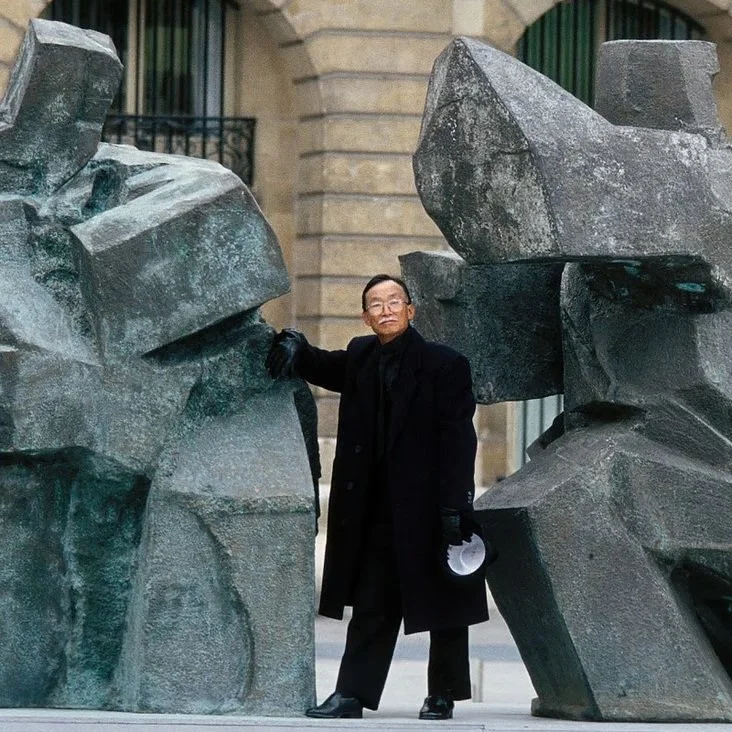An Insider Glimpse Behind the Scenes of Making a Marvel Movie
Interviewed by Deborah Lau-Yu, with notes from Alvin Keung
Images Courtesy of Alvin Keung
Behind the scenes with the team. Image courtesy of Alvin Keung.
“The Film industry is full of excitement and is youthful. I encourage everyone to pursue their passion and goals. ”
A passionate group of moviemakers that are a testament to team work in the Marvel Cinematic Universe. Image courtesy of Alvin Keung.
What training you did in school or work to get involved in film and what inspired you?
In my postgraduate studies, I took multimedia at OCAD (the Ontario College of Art and Design.) I was always inspired by the James Bond title sequences. The flashy graphics with abstract colours & shapes really spoke to me, and the most memorable one would be Skyfall.
Then after working as graphic designer and motion graphic designer, I wanted to switch to longer format projects. So film took my next interest. And with my previous skill sets, I was suited to get into the film industry via post production visual effects.
Determined to make it into the film industry, I quit my job and took one year off to go study at Vancouver Film School. It was a swift one year program but it was intense. (A tip to those aspiring: just like most things in life, you really get what you put into it and you make the most out of it.) Then one week after graduating I got my first visual effects job at a renowned studio called Rhythm & Hues, known for their CG creature work. My first ever vfx feature film was Snow White & the Huntsman.
Part of the crew for Black Panther poses to celebrate their success | Image courtesy of Alvin Keung.
sponsored by piaget.
How many people and roles are involved in producing and average film and then what about a Marvel film?
From production to post production, the crew size for a movie can range from 500-1000 people. Generally speaking, a movie will take a minimum of 1 - 2 years to produce from start to finish — often, even longer.
What are the key differences between producing an action film and other genres?
Most action films these days are jam packed with vfx shots. In a typical action movie, there could be 1500-3000 CG shots versus a romcom (romantic comedy) which might only require a handful of CG shots (like a car window background replacement, glass smashing or perhaps a colour change on a product or a scene, etc.)
Captain America credits | Image courtesy of Alvin Keung.
In 2021, there is so much involved in CGI and the magic that brings the film to life outside of what is filmed on camera. Can you describe some of that work? How much (perhaps a ratio) is actually real and how much is done in post?
It's hard to give an exact ratio since it's really film dependent but most action films are filmed in a soundstage. For example Life of Pi directed by Ang Lee, most of the movie was filmed in a pool which had wave generators to mimic the real world. 70% of that movie was green screen.
Recently, there has been a new breakthrough in soundstage technology. This tech is called Virtual sets. Virtual sets use a panoramic led screen as the background and the production crew can change the environment on the fly with photo realistic CG environments.
This has many benefits such as allowing the actors to be immersed in their environment vs a green screen which they would have to imagine what is happening around them. On top of that, real interactive lighting can be casted onto the actor and the foreground elements. This allows the entire shot to be filmed in camera and no need for green screen removal and adding in fake cg lighting to foreground subjects & Objects.
What rating (out of 10) would you give Marvel’s Shang-Chi from an industry insider’s perspective and why?
For the Story, I would give it an 8/10. Good character development and the flow of the story had good pacing. The final finale was a good balance of Yin & Yang.
For the Vfx work, my rating would be an 8.5/10. I liked the character creations, set design & the weapon adaptations. The Chickenbird was a great touch.
Often when watching movies, I breakdown and analyze the vfx shots in my head and can tell a certain segment of work is done by different studios too!
Anything else you would share to encourage anyone looking to start a career in movie making?
The film industry is a fun place to be, never a dull moment and there are always fires to put out. The best thing I enjoyed is how multi-cultural vfx studios are. (They always bring in talent from all over the world!) To name a few places which my colleagues are from: Canada, Hong Kong, China, Taiwan, Chile, Norway, Russia, Ukraine, Japan, Brazil, Portugal, Romania, Greece, Spain, Italy , United States, England, Germany, Malaysia, South Africa, Philippines and many more. It is diverse and inclusive, and a reflection of what magic can happen when we are inclusive as a society.
Recent image of Alvin Keung.
In three words, or phrases, what are the good, bad, the magical and the ugly in the film industry? What are your career goals now?
Passion for the craft.
Long hours & never enough time.
Team Effort.
The Film industry is full of excitement and is youthful. I encourage everyone to pursue their passion and goals.
For now, I have shifted my focus from the film industry and taken my experiences and knowledge to shake things up in the Real Estate industry. I currently work at TimSold Media, where I am applying my skillset to real estate marketing for a chance of pace. I’m excited to see the next Marvel films in the coming years, and of course to see more of fellow Chinese-Canadian, Simu Liu on screens, as he builds out his character in the Marvel Cinematic Universe.
About the writer, Deborah Lau-Yu
Deborah Lau-Yu is the Editor-in-Chief of Fête Chinoise Magazine & Platform, and the Creative Director of PALETTERA Inc. She is passionate about visual culture and design, the arts, and the Chinese Canadian diaspora.
SPONSORED BY PIAGET.




















